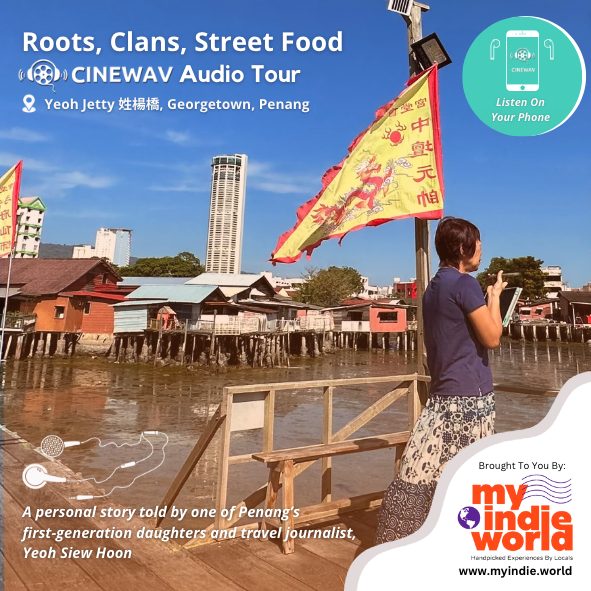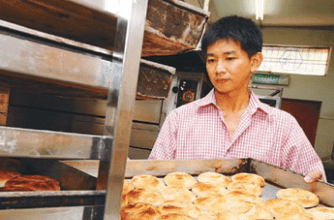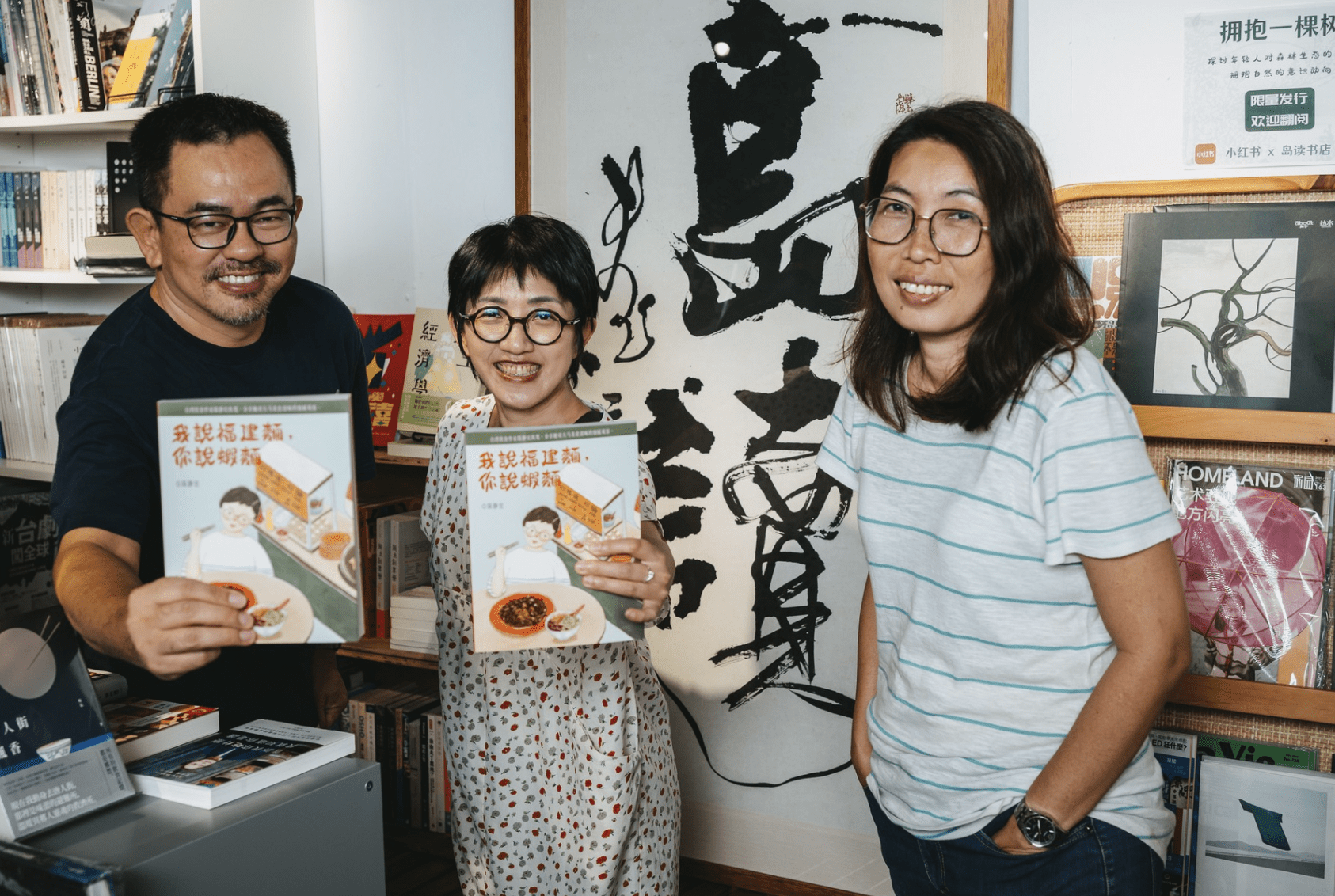Ipoh
Ipoh is full of great places to eat – here are just two of our recent discoveries.
Etre means “be” in French. It’s certainly a good spot to just “be” and tuck into the array of sinful cakes, cookies and pastries here.

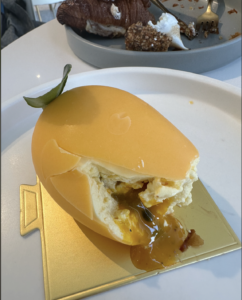
If it looks like a mango, it must be a mango – we tried the mango petit gateaux, which is like a mousse with passionfruit filling, a good blend of flavours.
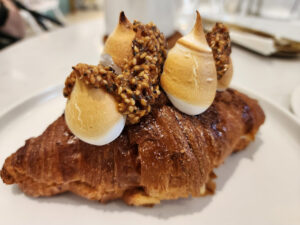
Peanut & mochi croissant – this is a triple whammy of a pastry. Who knew peanuts and mochi could go so well in a croissant? I am sure the French wouldn’t just let “be” but customers here seem to love it.

I love dining at places that have a sense of history as well as have good food. Durbar at FMS dishes out both in spades.
FMS stands for Federated Malay States and was the original name of the restaurant, first opened by a Hainanese immigrant in 1906. It closed some years ago to everyone’s chagrin but in 2019, local architect Seow Wee Liam took it over and gave it a new lease of life, while preserving its old charms.
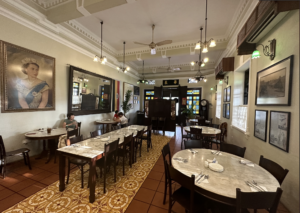 .
. 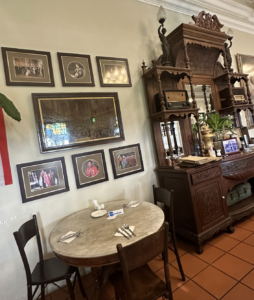
Walk into the restaurant and it feels like you’ve stepped back into colonial days. A huge portrait of the late Queen Elizabeth hangs on the wall, while his son Prince Charles (now King) occupies a lower spot nearby.
We ordered the Hainanese chicken chop which was delicious. The batter wasn’t thick so you could really taste the chicken which was succulent and juicy. The sauce, tomatoes and peas, was not overly sweet and seasoned, and the chips were fat and crunchy.
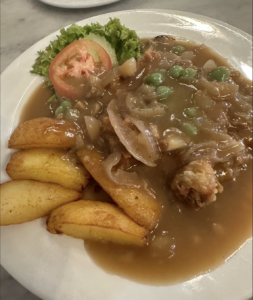
But the highlight was the “wat tan hor” – a dish Ipoh is known for because of the quality of the “hor fun” noodles found in the town. It was smooth, silky and slippery, and came with a nice “wok hei” flavour.
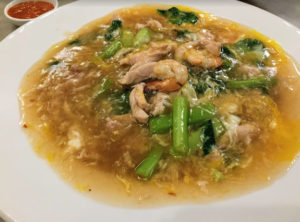
The Hainanese noodles, fried with black sauce, was also good and authentic – this is not an easy dish to find these days – and it tasted just like the ones my Hainanese father-chef used to cook for me.
Nostalgia and love with every bite. What more could any indie foodie traveller want?
